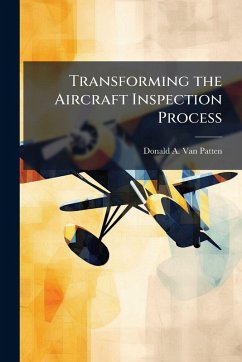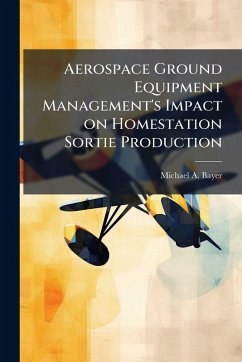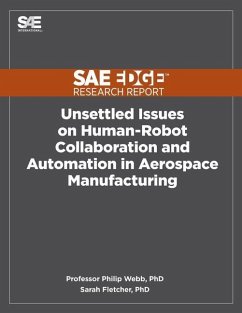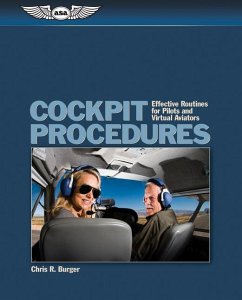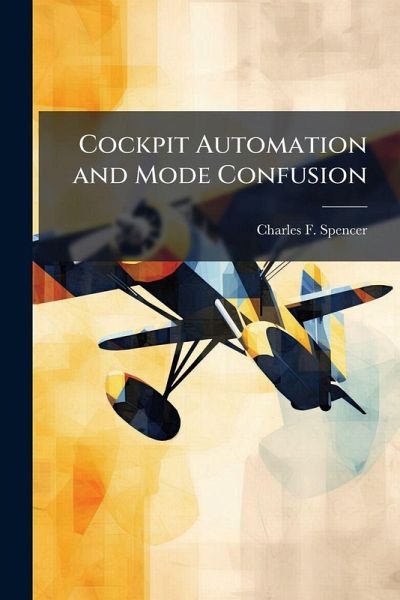
Cockpit Automation and Mode Confusion

PAYBACK Punkte
7 °P sammeln!
The application of computer technology in modern cockpits has resulted in sophisticated automation that has created situations of mode confusion where the pilot is uncertain about the status or behavior of cockpit automation. Based on current levels of cockpit automation, classifications of mode confusion, and clinical knowledge concerning human cognitive and attentive processes, could an audible attention step help mitigate unrecognized mode error? The Software-Hardware-Environment-Liveware model forms a framework for the analysis of government and academic research concerning pilot automatio...
The application of computer technology in modern cockpits has resulted in sophisticated automation that has created situations of mode confusion where the pilot is uncertain about the status or behavior of cockpit automation. Based on current levels of cockpit automation, classifications of mode confusion, and clinical knowledge concerning human cognitive and attentive processes, could an audible attention step help mitigate unrecognized mode error? The Software-Hardware-Environment-Liveware model forms a framework for the analysis of government and academic research concerning pilot automation experiences and use, cognitive models, information and decision processing, and the auditory attention channel. Pilot experiences and several aircraft accidents suggest that mode error is both common and potentially dangerous enough to warrant attempts at mitigation. Studies indicate that the monitoring requirement levied by automation lowers pilot system situational awareness without providing sufficient or proper feedback. Operators can also suffer from cognitive lockup and task channeling, which makes attention diversion difficult. An auditory input might provide an effective attention step if it demands appropriate attention, provides situation reporting, and offers problem guidance. This work has been selected by scholars as being culturally important, and is part of the knowledge base of civilization as we know it. This work was reproduced from the original artifact, and remains as true to the original work as possible. Therefore, you will see the original copyright references, library stamps (as most of these works have been housed in our most important libraries around the world), and other notations in the work. This work is in the public domain in the United States of America, and possibly other nations. Within the United States, you may freely copy and distribute this work, as no entity (individual or corporate) has a copyright on the body of the work. As a reproduction of a historical artifact, this work may contain missing or blurred pages, poor pictures, errant marks, etc. Scholars believe, and we concur, that this work is important enough to be preserved, reproduced, and made generally available to the public. We appreciate your support of the preservation process, and thank you for being an important part of keeping this knowledge alive and relevant.




